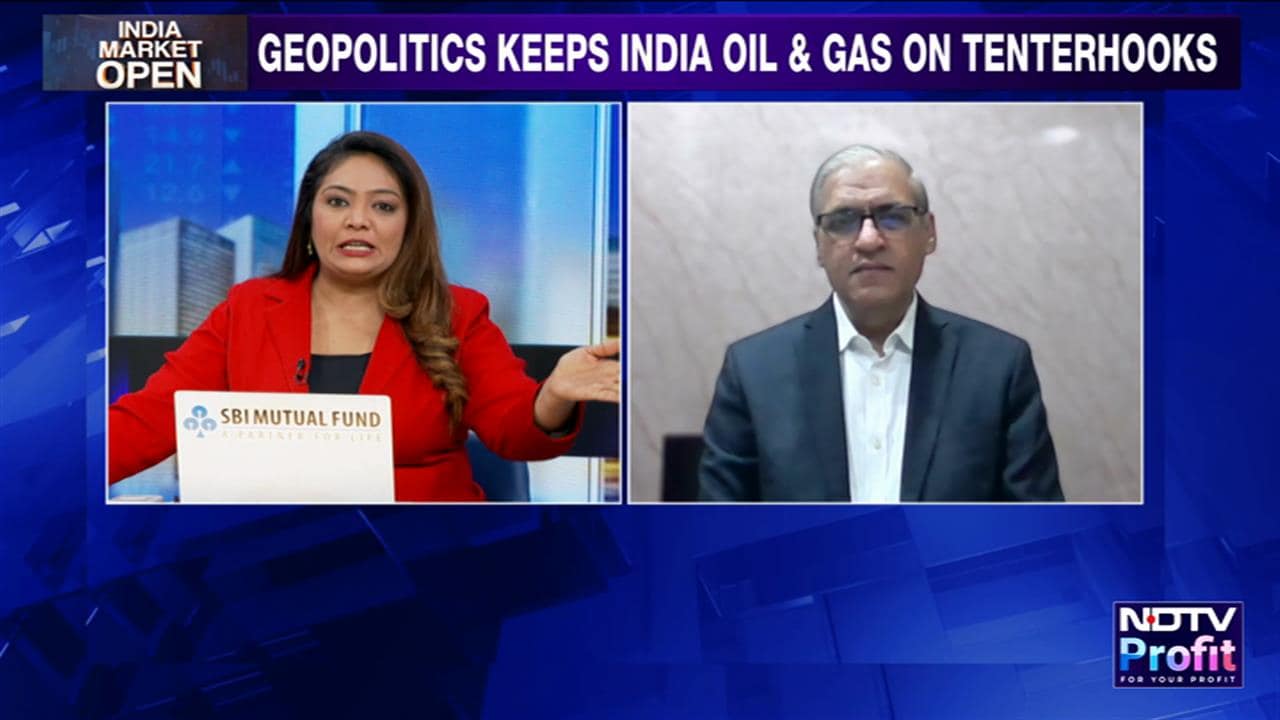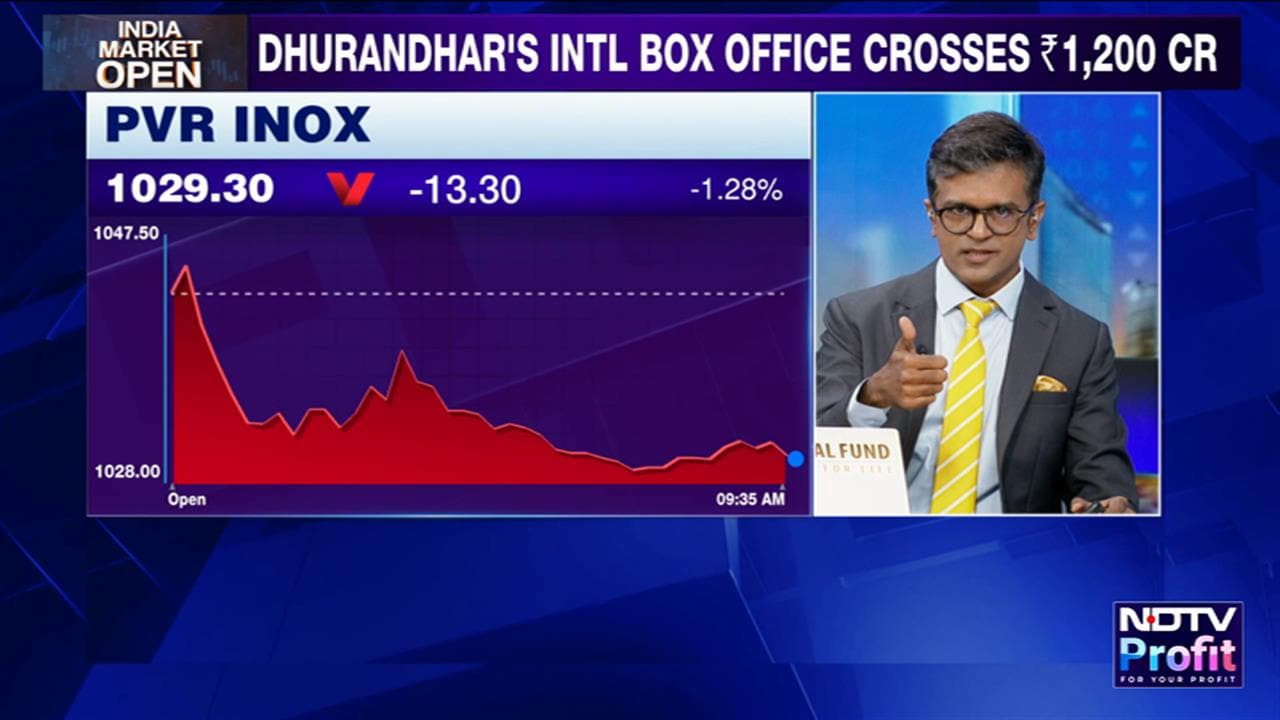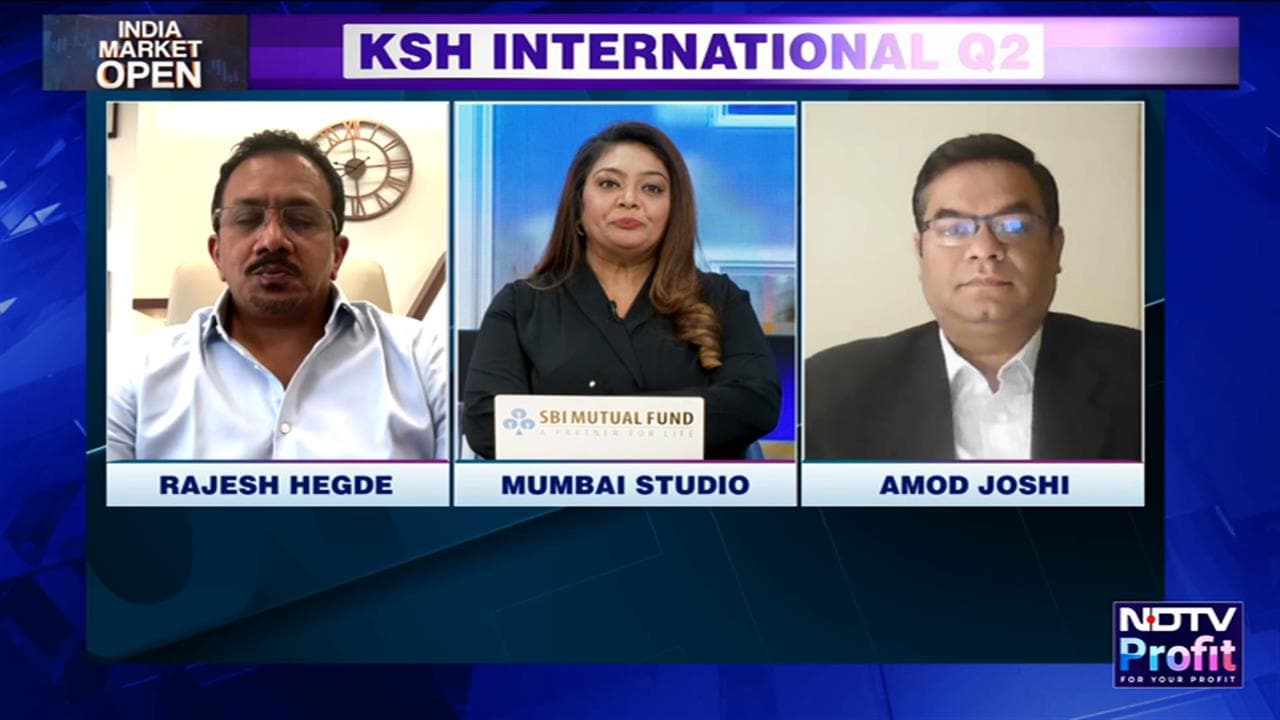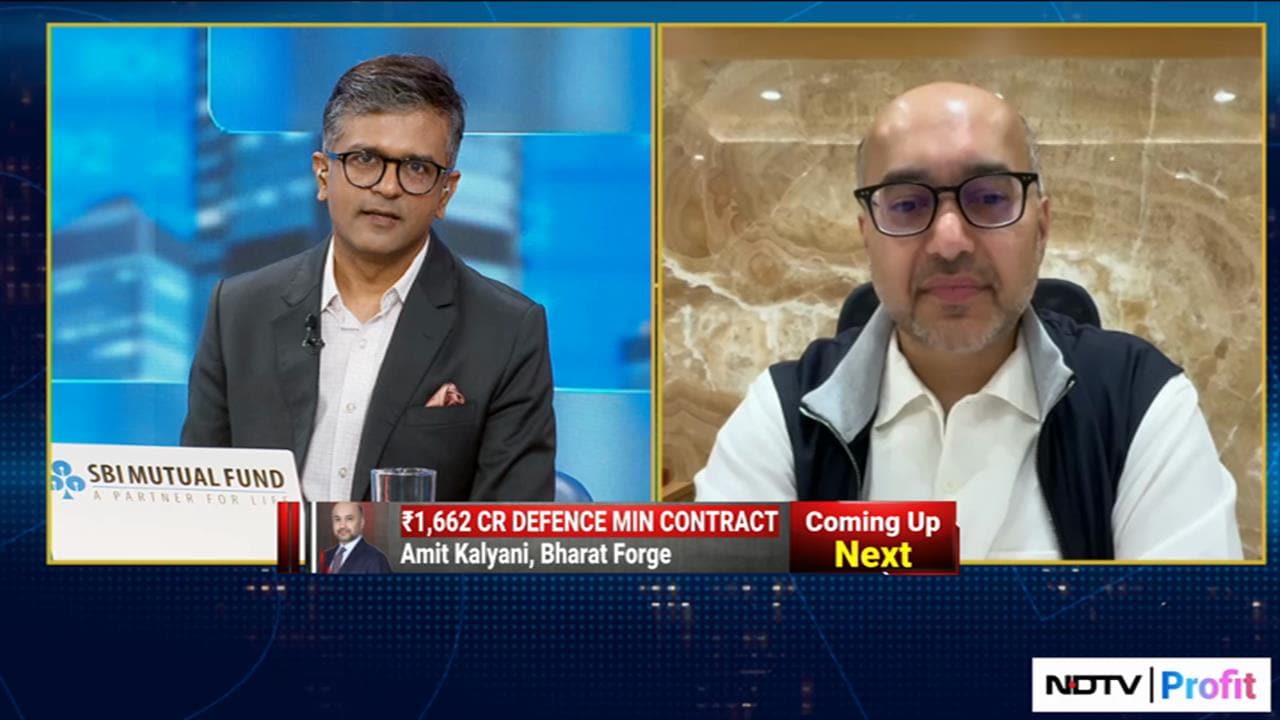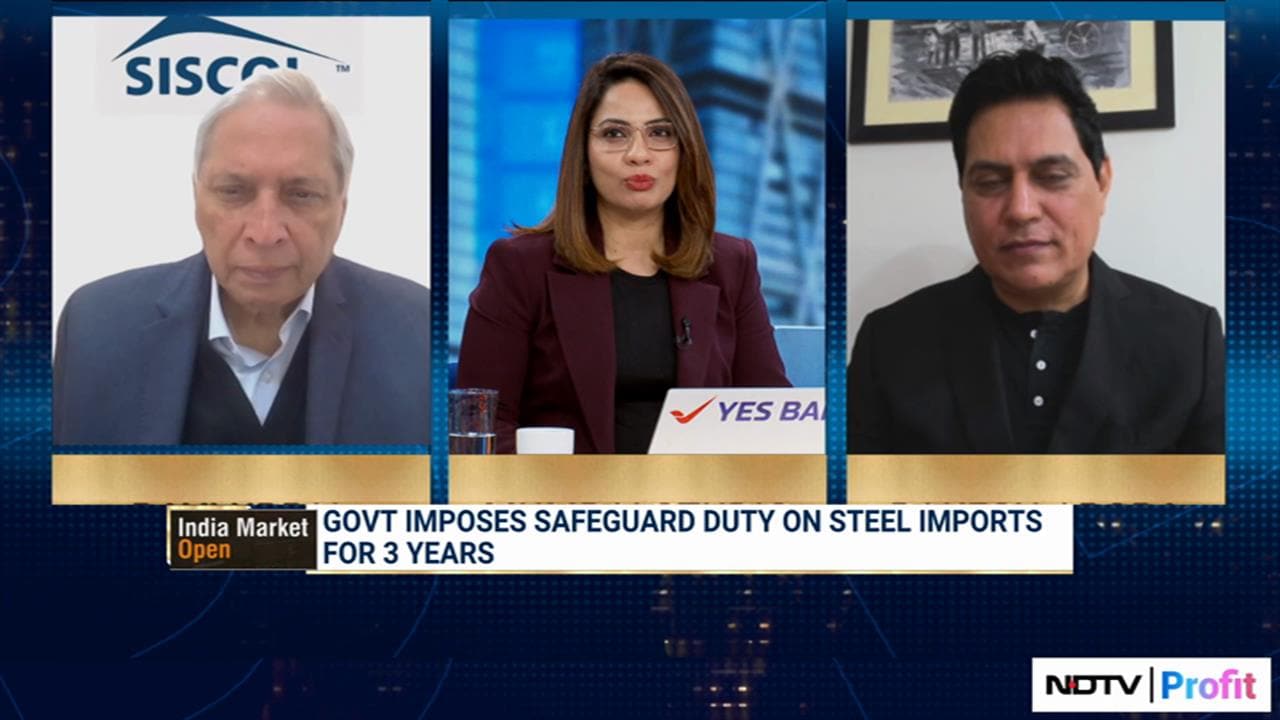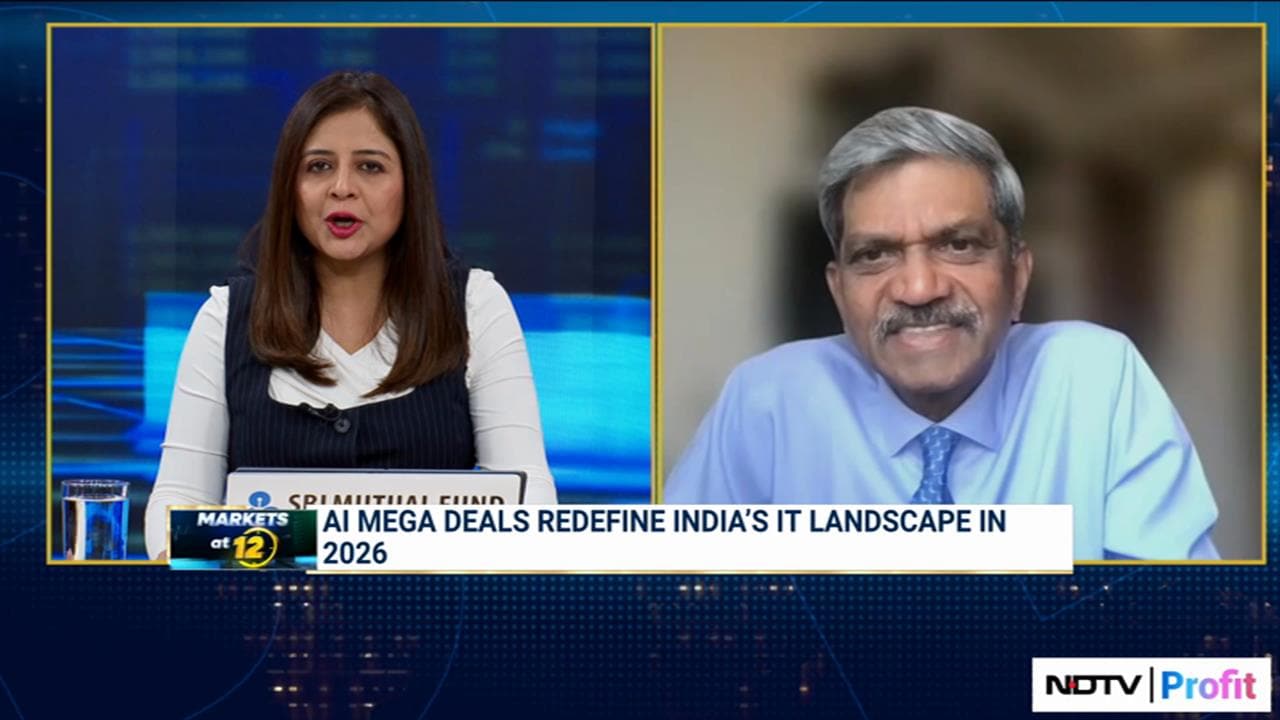
Inox Wind Ltd. has raised its execution target to 800 megawatts for the current financial year and 1,200 megawatts for the next financial year, Devansh Jain, executive director of Inox GFL Group, said in an investor call on Tuesday. This compares with the 500 MW-600 MW target stated by the company in its quarterly earnings call. The company will heavily focus on profitability, since Inox Wind turned net profit positive at Rs 1.8 crore in Q3 FY24, Jain said.
Order Book
While the company did not state the current order book status, Jain highlighted that Inox Wind has picked up 2 gigawatt or 2,000 megawatts worth of orders in the last six months.
As of Q3 FY24, the company's net order book stood at 2,575 megawatts. According to the blended per megawatt revenue rate of Rs 6 crore stated by Jain, the 2,575 megawatt order book has a revenue potential of approximately Rs 15,450 crore.
Wind Tender Expectations
The company expects at least 15-20 gigawatts of hybrid, round-the-clock, and firm dispatchable renewable energy tenders to be floated in FY25. This translates into 12-13 gigawatts of wind requirement for the projects, said Jain.
The company also has 2-3 gigawatts of pure vanilla wind projects to be auctioned in FY25.
Introduction Of Reverse Bidding
Introduction of reverse bidding in wind sector will have zero impact on the company, according to Jain.
The process of reverse auctions has always been there in the market for hybrid, round-the-clock and firm dispatchable renewable energy projects—which are 90% of the market—while the remainder 10% are pure vanilla wind projects, he said.
Watch LIVE TV, Get Stock Market Updates, Top Business, IPO and Latest News on NDTV Profit.









